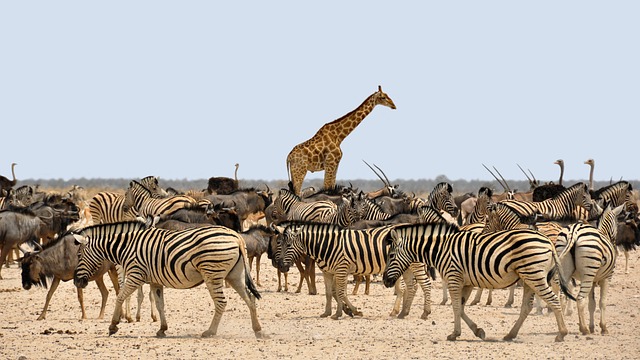Embarking on an Arabian Desert Safari in Dubai offers a captivating wildlife adventure within dramatic landscapes. Timing is key for photography, with golden hour providing ideal lighting. Tour selection should prioritize secluded spots rich in wildlife and natural scenery. Techniques like playing with light, patience, and long telephoto lenses enhance the experience. The safari presents rare opportunities to observe diverse species like camels, Arabian oryx, and sand cats. Safety precautions include proper gear, desert driving skills, hydration, and respect for wildlife habitats. Ethical photography practices ensure minimal impact on the fragile ecosystem while capturing breathtaking images.
Embark on an extraordinary journey into the heart of the Arabian Desert, where an exhilarating safari awaits. This unique wildlife adventure offers a chance to connect with nature’s wonders, from majestic camels to rare avian species. In this guide, we’ll navigate you through the process of planning your trip, capturing breathtaking photos, and encountering the region’s diverse fauna. Prepare for a seamless and safe desert expedition while exploring ethical practices that ensure the preservation of this precious ecosystem.
- The Arabian Desert Safari Experience: A Unique Wildlife Adventure
- Planning Your Trip: Choosing the Right Time and Location
- Capturing Stunning Images: Techniques for Wildlife Photography
- Encountering Native Fauna: From Camels to Rare Birds
- Navigating the Desert: Tips for a Smooth and Safe Journey
- Ethical Considerations: Respecting the Wild and Its Habitat
The Arabian Desert Safari Experience: A Unique Wildlife Adventure
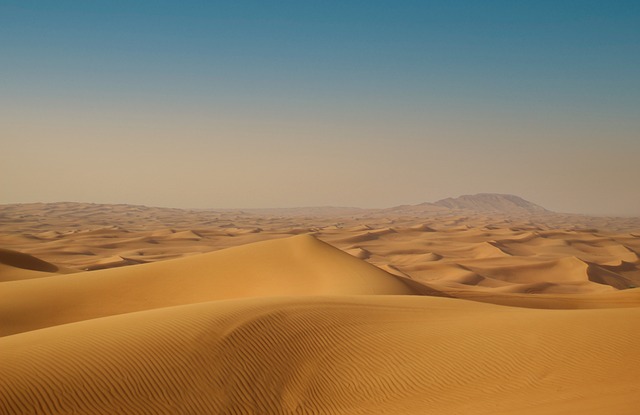
Embarking on an Arabian Desert Safari offers a unique and captivating wildlife adventure, unlike any other. The vast expanse of sand dunes, rugged mountains, and oases create a dramatic landscape that plays host to a diverse range of species, many of which are endemic to this harsh yet enchanting environment. This is where you’ll find the majestic Arabian oryx, a symbol of the region’s natural heritage, alongside gazelles, foxes, and a variety of bird species that make their home in these stark but beautiful surroundings.
The safari experience allows photographers and nature enthusiasts to immerse themselves in the heart of the desert, capturing breathtaking images of both the stunning scenery and the resilient wildlife that call it home. With guided tours designed to navigate this complex terrain, visitors can expect a thrilling journey through the Arabian Desert, offering opportunities to witness rare animal behaviors and create lasting memories.
Planning Your Trip: Choosing the Right Time and Location

When planning your Arabian Desert Safari in Dubai, timing is key. The best time to capture the raw beauty of the desert is during the golden hours – just after sunrise or before sunset. These times offer a warmth and vibrancy to the landscape that’s often absent during the harsh midday sun. Choose a desert safari tour that aligns with these periods for stunning photos of sand dunes, wildlife, and traditional Bedouin life.
Locating the perfect spot within the vast Arabian Desert is equally crucial. Dubai offers various desert safaris catering to different areas, each with its unique charm. Some tours take you deep into the desert, providing access to secluded spots where wildlife is more abundant and the natural scenery undisturbed. Researching and selecting a safari that aligns with your photography goals will ensure you have the opportunity to capture unforgettable images of this dynamic environment.
Capturing Stunning Images: Techniques for Wildlife Photography
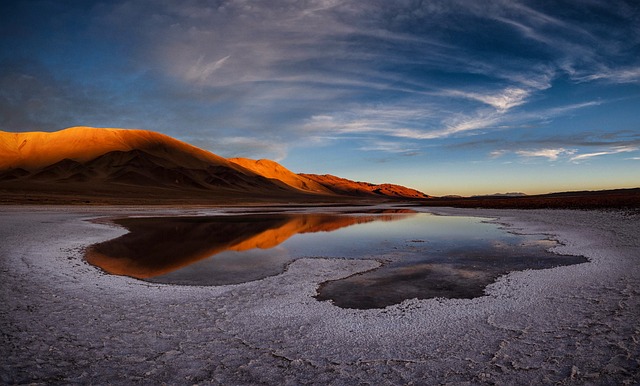
Wildlife photography in an Arabian Desert Safari offers a unique and captivating experience, allowing photographers to capture the raw beauty of nature amidst one of the world’s most extreme environments. To emerge with stunning images, consider utilizing techniques that highlight both the subject and the desert’s dramatic backdrop. One such method is playing with light—the golden hour, just after sunrise or before sunset, presents warm tones that can create enchanting photographs. During these times, the desert’s textures and patterns become more pronounced, adding depth to your images.
Another essential technique involves patience and a keen eye for behavior. Many animals in the Arabian Desert are elusive, so waiting for them to emerge from their shelters or observing their feeding patterns can result in remarkable shots. Using long telephoto lenses enables photographers to capture detailed portraits of creatures like oryx and gazelles without disturbing their natural habitats. Additionally, learning about the desert’s ecology will help you anticipate animal movements and choose the best locations for capturing their essence, making your Arabian Desert Safari a memorable photographic journey.
Encountering Native Fauna: From Camels to Rare Birds
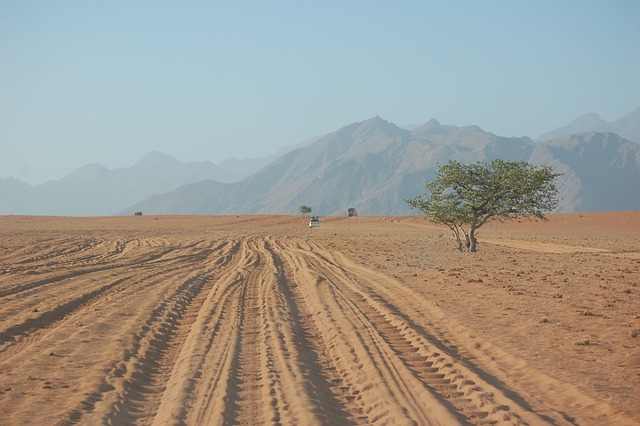
The Arabian Desert Safari in Dubai offers a unique opportunity to witness the diverse and often elusive wildlife native to this harsh yet breathtaking landscape. Among the most iconic residents are camels, with their majestic humps and enduring presence in the region’s history. But beyond these familiar sights, adventurers can keep an eye out for rare birds like the Arabian Oryx and the Sand Cat, both of which have adapted to thrive in these desert conditions.
As you traverse the sand dunes on a 4×4 vehicle or even on foot with a guided tour, you might catch glimpses of these creatures in their natural habitat. The Arabian Desert is home to a variety of reptiles, small mammals, and birds that have developed unique survival strategies to cope with extreme temperatures and scarce resources, making each encounter an extraordinary experience for wildlife photography enthusiasts.
Navigating the Desert: Tips for a Smooth and Safe Journey
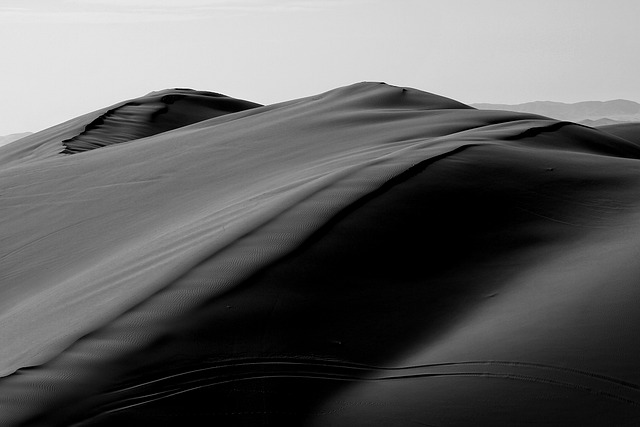
Navigating the rugged terrain of the Arabian Desert Safari demands careful preparation and respect for nature. Before embarking on this adventurous journey, ensure your vehicle is equipped with necessary survival gear, including a well-stocked first aid kit, water, food, and appropriate clothing. Familiarize yourself with desert driving techniques, such as learning to steer around sand dunes and navigate through rocky outcrops.
Remember that the desert environment is unpredictable, so stay alert and follow local guidelines. Keep a close eye on the weather, especially during summer months when temperatures can soar dangerously high. Stay hydrated, take regular breaks, and never venture alone. Respecting wildlife habitats is paramount; maintain a safe distance from any animals encountered and avoid leaving any trace of your presence to preserve the natural beauty of this fragile ecosystem.
Ethical Considerations: Respecting the Wild and Its Habitat
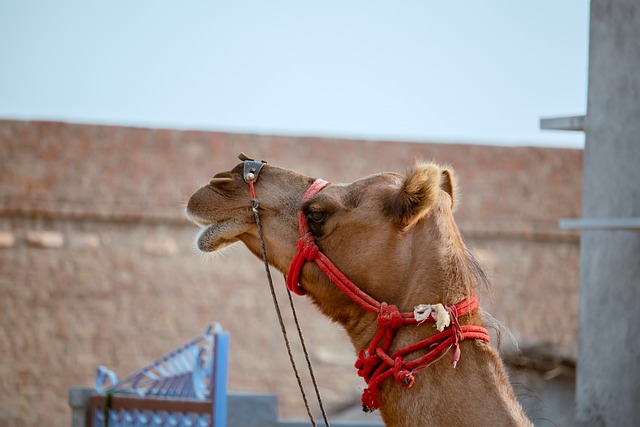
Wildlife photography in the Arabian Desert Safari Dubai presents a unique opportunity, but it’s crucial to approach it with ethical considerations. Respecting the wild and its habitat is paramount. Before venturing into this breathtaking landscape, photographers must prioritize non-invasive practices to ensure the well-being of both animals and their environment. This means adhering to guidelines that discourage disturbing or harassing wildlife, such as maintaining a safe distance from animals and avoiding activities that could cause stress or harm.
Photographers should also be mindful of their waste and avoid littering in these pristine deserts. It’s essential to leave no trace behind, preserving the natural beauty for future generations of both locals and visitors. By embracing responsible practices, photographers can capture stunning images while contributing positively to the conservation of the Arabian Desert’s unique ecosystem.
The Arabian Desert Safari offers a once-in-a-lifetime chance to immerse yourself in a breathtaking landscape and connect with its incredible wildlife. By planning your trip strategically, employing effective photography techniques, and respecting the natural environment, you can capture stunning images of rare birds, majestic camels, and more while contributing positively to conservation efforts. Remember that ethical practices are key to ensuring this unique ecosystem thrives for future generations to appreciate.
